Let’s face it. While every industry plays an important (yet sometimes subtle) role in how people live their daily lives, not every industry gives the public the same thrills and chills as another. For this reason, Seth Price interviewed Dan Moyle in his podcast entitled: Making Inbound Marketing Work for Boring Industries.
Dan Moyle is the Creative Director of Marketing for Amerifirst Home Mortgage. As you might imagine, creating exciting and interesting marketing content for the banking and mortgage industry can be a difficult task. In his interview with Seth Price, Dan Moyle shares how he keeps his inbound marketing strategy alive and well with creative content that attracts and engages his target audience.
This was a great podcast episode and I encourage you to listen to it here. Below, I’ve elaborated on a few of Dan’s points that really stood out to me as an inbound marketer.
Can I make my boring industry seem exciting with the right marketing plan?
Yes. Yes, you can.
Understand Your Buyer Persona
Inbound marketing is consumer focused and consumer driven and this is why it achieves such good results. Before you begin marketing to your target audience, it is important that you get to know your current customers by investigating their demographics. With these answers, you can tailor your marketing approach to catch the eye of the specific buyer you’re trying to attract.
After you have a better understanding of your customers, you can start the process of attracting new ones. Inbound marketing differs from traditional marketing in that it focuses on engaging and interacting with consumers through captivating content rather than sales pitches. Blogging about topics that interest your audience or answer popular questions is a great way to do this. Read more about the power of business blogging here.
Balance Creativity with Analytical Data
Conversational content will inform your audience about your product or service and strengthen your brand by adding a bit of personality to your business. Infographics, webinars, and presentations on SlideShare are three great examples of creative content that is easily shareable and likely to spark conversation.
Believe it or not, developing creative content is not all about creativity. For content to be effective, it needs to be driven by analytics. Businesses can track a potential buyer as he peruses their website. For example, analytics can show you which of your website pages has the most views, how long each view lasts, and where your website views are coming from (a search engine, Facebook, Twitter, etc.). Understanding this data will help you adjust your marketing strategy to make smarter business decisions. Special marketing analytics software (like HubSpot) can even help you find out what content is converting your website visitors into customers.
Search engine optimization (SEO) is also important for business who want to generate creative (yet analytical) quality content. A good SEO strategy requires a lot more than sprinkling relevant, low-competition keywords on your landing pages. For your marketing campaign to have the biggest impact, timing is everything. Find out more in 3 Tips for Being Timely in Your SEO and Marketing Efforts.
If you think your industry is “too boring” for an effective inbound marketing strategy, I’m here to tell you it’s not.
Simply stated, inbound marketing is a business growth strategy that focuses on developing trusting customer relationships through online content, both web and social. Because attracting customers through interesting marketing content is a fundamental aspect of the inbound method, we’ve had several companies in the more “boring” industries come to us asking if inbound marketing could still be an effective solution for them. We’re always excited to tell them that it is!
To learn more about inbound marketing, check out our beginner’s guide or contact us.
[hs_action id=”1171, 790″]


